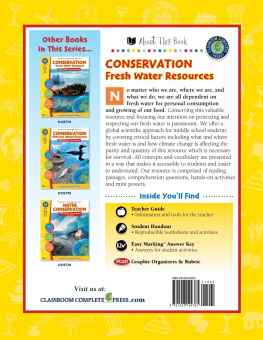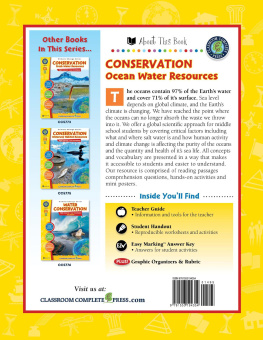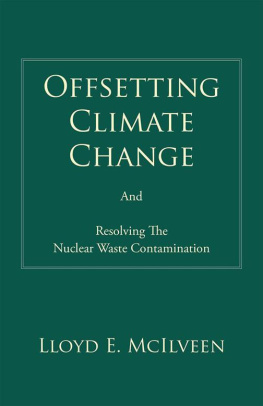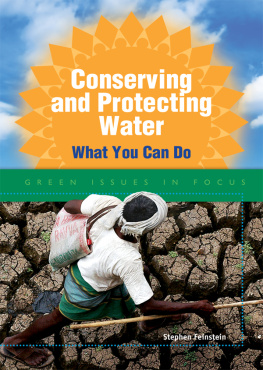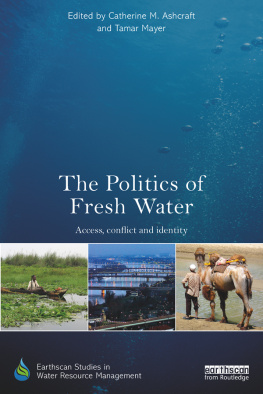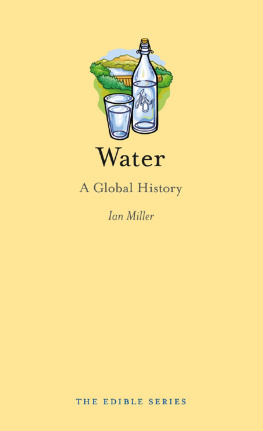George Graybill - Conservation: Fresh Water Resources
Here you can read online George Graybill - Conservation: Fresh Water Resources full text of the book (entire story) in english for free. Download pdf and epub, get meaning, cover and reviews about this ebook. year: 2009, publisher: Classroom Complete Press, genre: Children. Description of the work, (preface) as well as reviews are available. Best literature library LitArk.com created for fans of good reading and offers a wide selection of genres:
Romance novel
Science fiction
Adventure
Detective
Science
History
Home and family
Prose
Art
Politics
Computer
Non-fiction
Religion
Business
Children
Humor
Choose a favorite category and find really read worthwhile books. Enjoy immersion in the world of imagination, feel the emotions of the characters or learn something new for yourself, make an fascinating discovery.
- Book:Conservation: Fresh Water Resources
- Author:
- Publisher:Classroom Complete Press
- Genre:
- Year:2009
- Rating:4 / 5
- Favourites:Add to favourites
- Your mark:
Conservation: Fresh Water Resources: summary, description and annotation
We offer to read an annotation, description, summary or preface (depends on what the author of the book "Conservation: Fresh Water Resources" wrote himself). If you haven't found the necessary information about the book — write in the comments, we will try to find it.
Students learn the importance of fresh water and how to conserve this valuable resource. Our resource focuses your attention on protecting and respecting our fresh water. Start by understanding what fresh water is by building a water cycle. Find out how fresh water compares in the bigger picture of Earths water. Build a greenhouse to see firsthand how climate change can affect fresh water. Take what you know about where to find fresh water, and see how that could all change with climate change. Describe how the water supply in a village could become unfit for drinking in a scenario. Understand that people in other countries dont have access to fresh water like we do. Build a drip irrigation system to help conserve water while gardening. Written to Blooms Taxonomy and STEAM initiatives, additional hands-on activities, graphic organizers, crossword, word search, comprehension quiz and answer key are also included.
George Graybill: author's other books
Who wrote Conservation: Fresh Water Resources? Find out the surname, the name of the author of the book and a list of all author's works by series.

